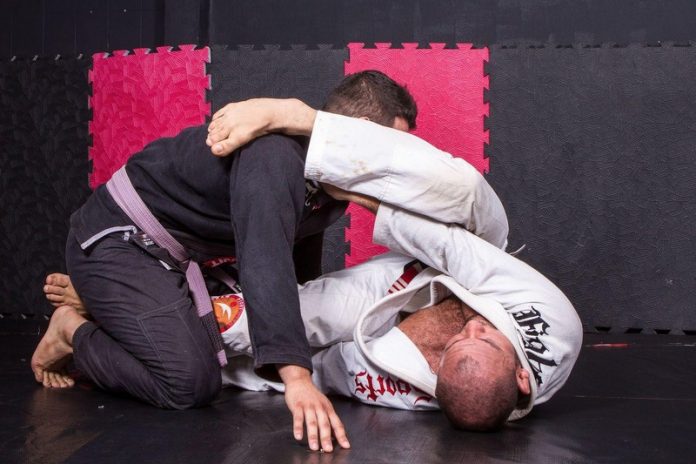
It is the year 2015. I just returned from a competition where I lost in my first match of the day. I was contemplating how to change my game to a more effective one in order to avoid heartbreak again. At the same time as the IBJJF tournament, I was competing in, the ADCC was happening on the opposite part of the globe. China was the host of the Brazilian Jiu-Jitsu Olympics and the biggest accolade (the Absolute division gold) went to a guy named Cyborg. I was amazed at how limber and fast this heavyweight was, while still being super powerful. So I did a little research and discovered a half guard variation that would change my BJJ game forever. I discovered the tornado guard.
The inverted guard game is a very popular one in the world of modern grappling. It is difficult to say when it all started, but we all know when it took off. It was the Mendes brothers and the Miyao brothers, spinning like fidget spinners and berimboloing around that got everyone interested in going upside down. However, the berimbolo game might not git everyone equally. It requires certain dexterity and smaller grapplers have the upper hand. The tornado guard, on the other hand, gives you all the benefits of the inverted guard with none of the strain.
“Cyborg”, or Roberto Abreau has proven over and over again that the tornado guard works at the highest levels. He used his invention to beat the who’s who of BJJ in both gi and No-Gi. What really got me interested in it was the fact that a heavyweight was doing it with ease, which meant I’d have no trouble as a featherweight. Fast forward a couple of years and people were flying left and right once they got in my half guard or Reverse De La Riva Guard. Today, it’s time to revisit the Tornado guard along with everything this position offers.
Connect your Tornado guard to a wicked Reverse De la Riva game for the ultimate attacking system from the bottom! Use “The Reverse De la Riva Almanac” DVD instructional featuring Ryan Hall’s black belt Seph Smith to get the lowdown on this essential BJJ guard.
What is The Tornado Guard
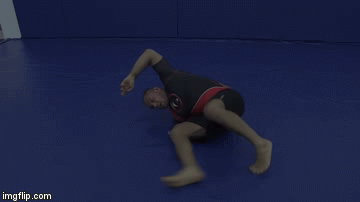
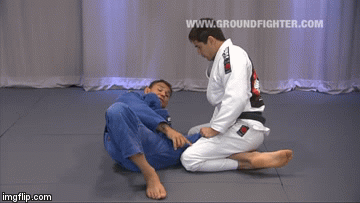
Once you have the grip, its inversion time! Your other arm should grab the opposite side collar so that you have a pulling anchor. Next, you’ll kick your knee shield leg out and swing it around like a pendulum. Between the two grips and pendulum inertia, you have plenty of drive to get inverted. When you finally get there, place the shin of your pendulum leg on top of your opponent’s back. It’ll keep their posture broken as well as protect you from eventual toe hold attempts.
Tornado Sweeps
There are a lot of sweeping options from the Tornado guard and they all depend on what your opponent does as a reaction. Every time they attempt to push forward or stand up you can go or the basic Tornado sweep.


For No-Gi, the first grip is on the opponent’s ankle, and the second is behind the neck or over the opposite side shoulder.
Submission Opportunities From The Tornado Guard
The Tornado half guard also offers different submission options. They can either be done from directly, or after finishing a sweep variation. This allows you to control where the finish takes place, in case you’re in a competition format where points are important.
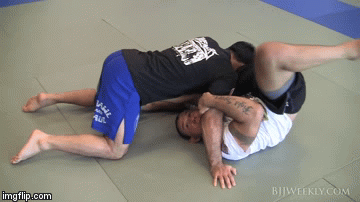
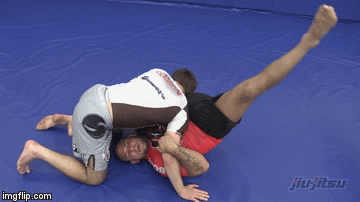
Check Also:
Deep Half Guard in BJJ – Everything About
Purple Belt Guide To Developing A Mean Jiu-Jitsu Guard
The Basic Principles Of Attacking From The X-Guard
Make Your Opponent’s Quite Before They Tap With These S-Mount Attacks












































